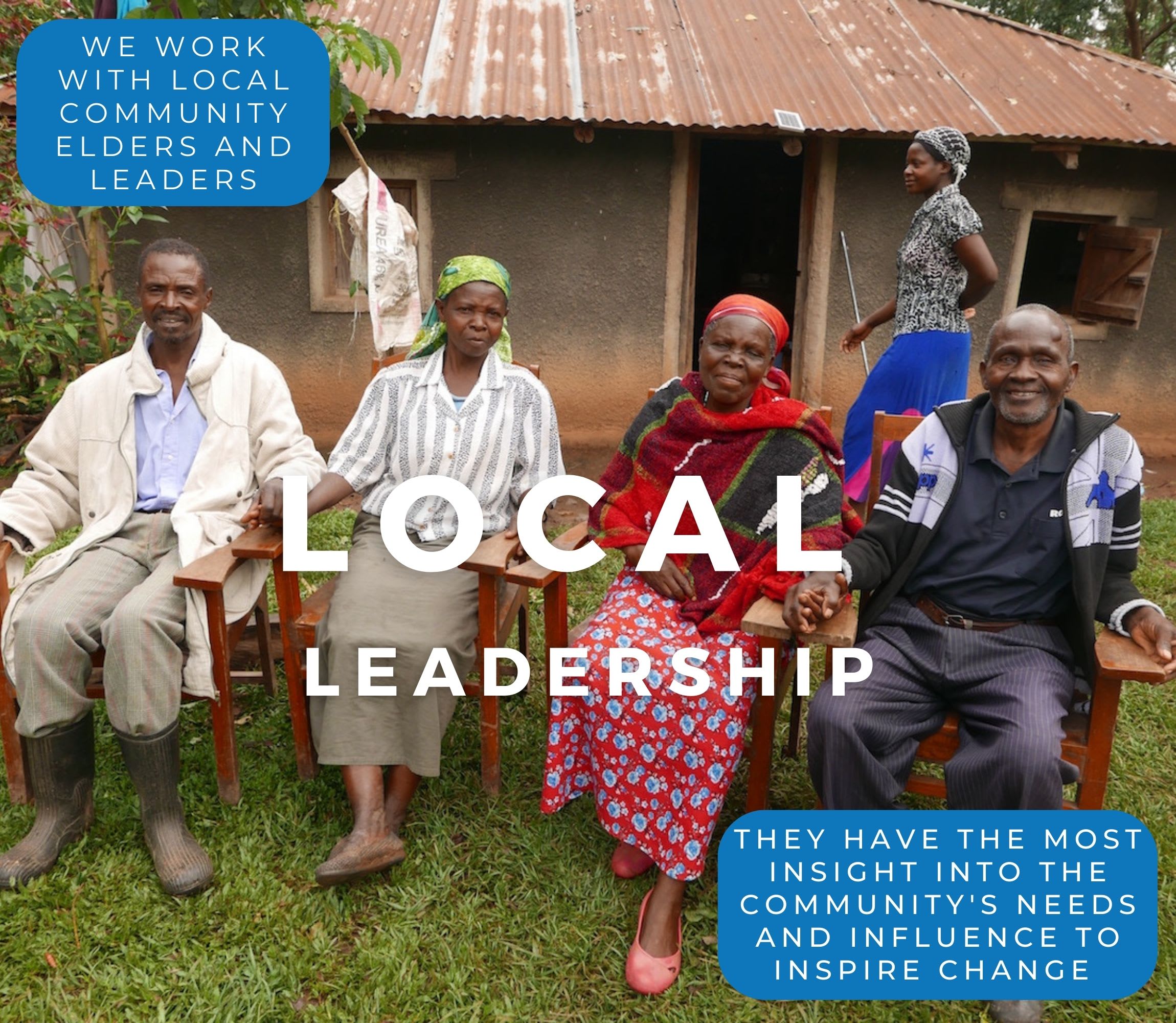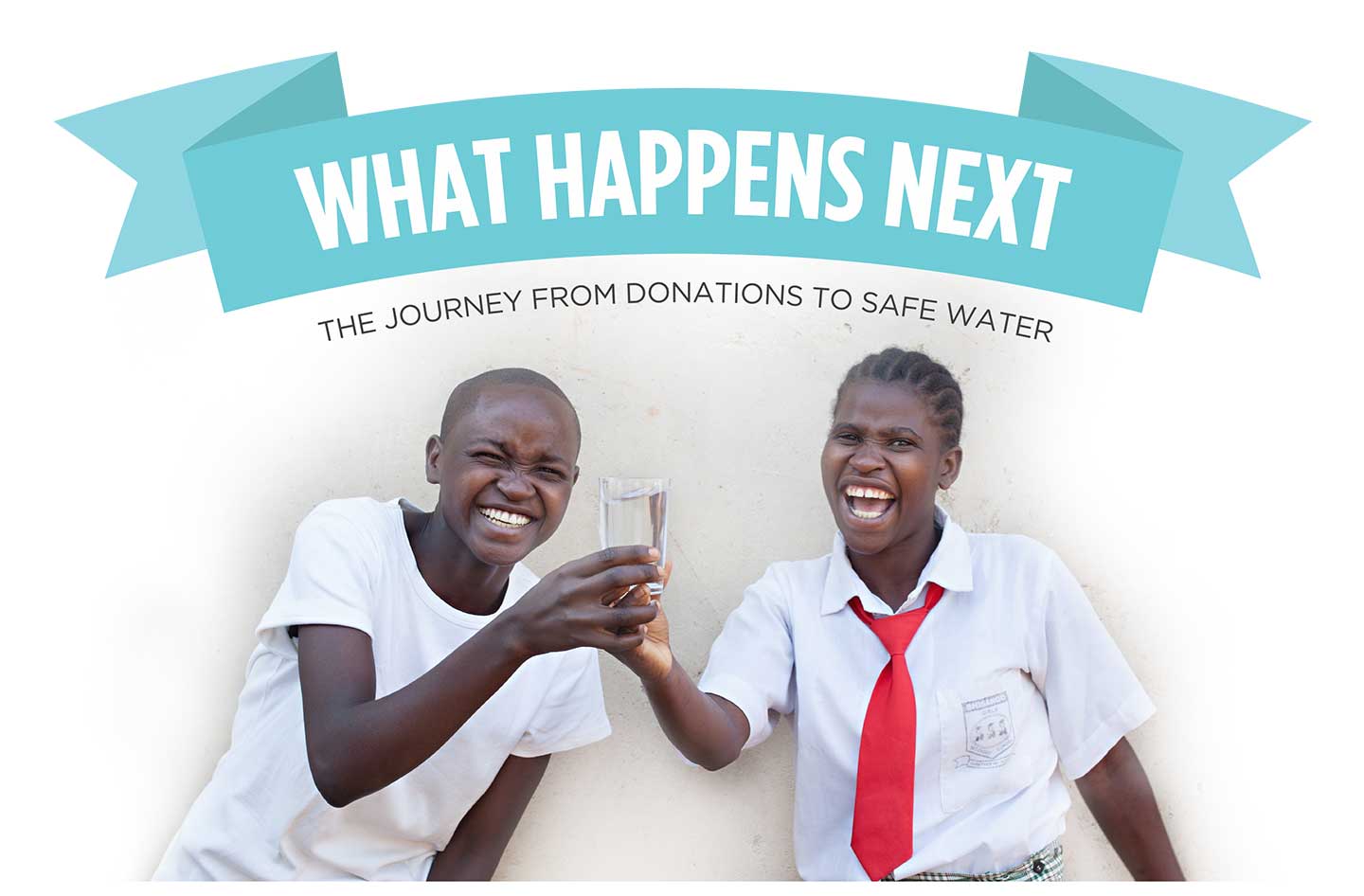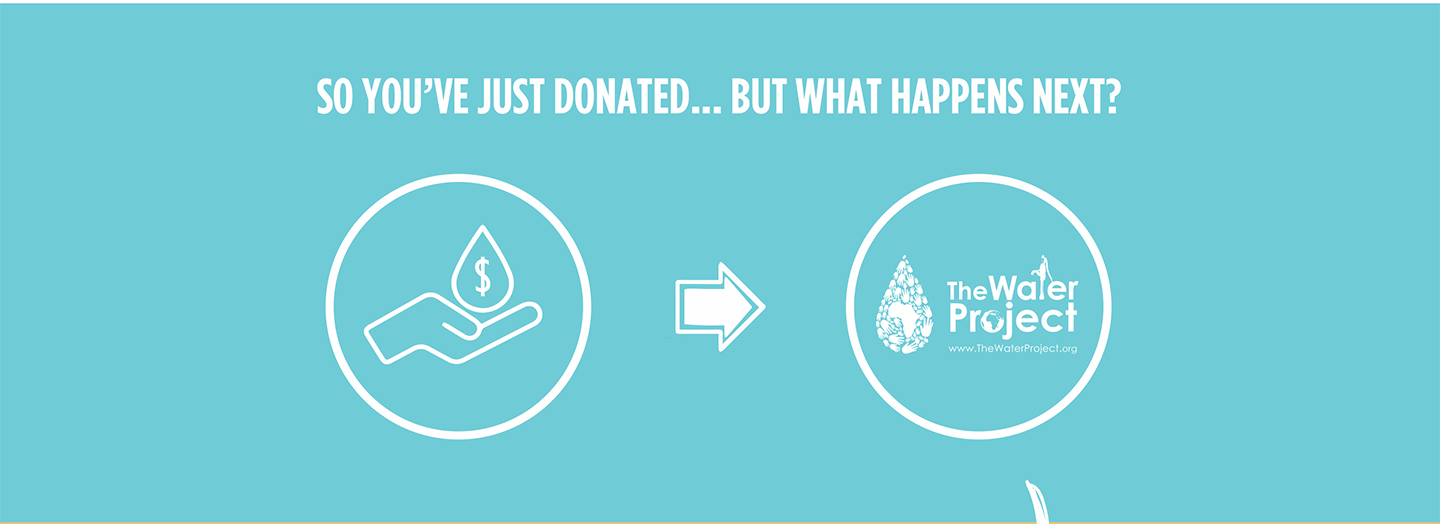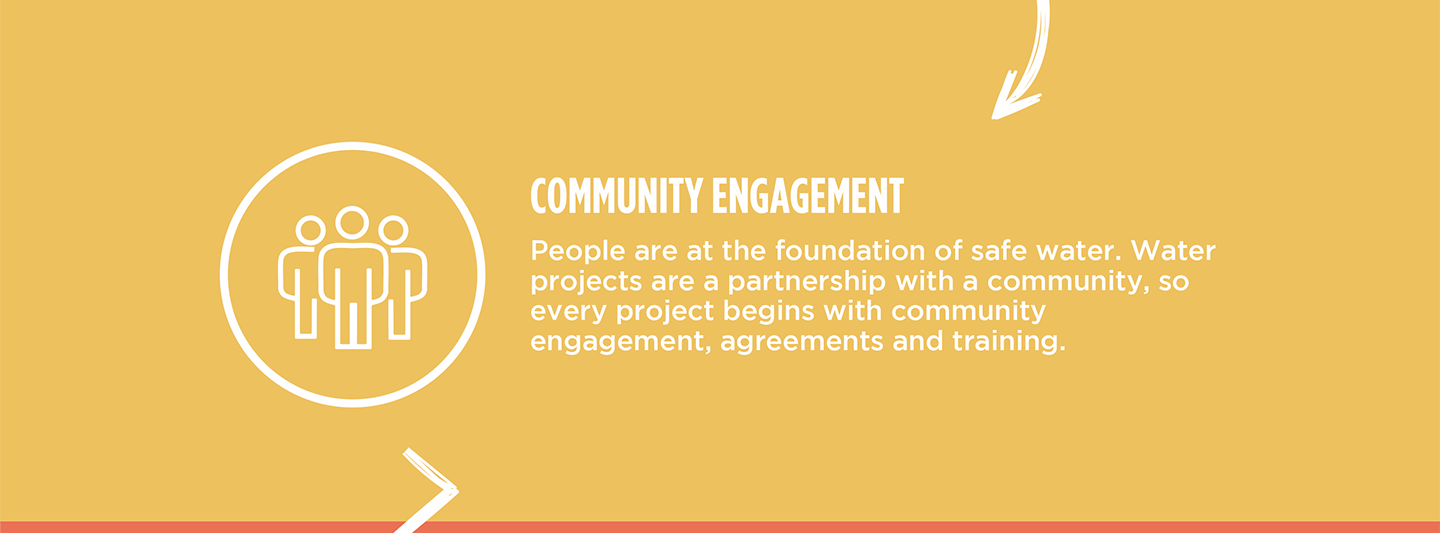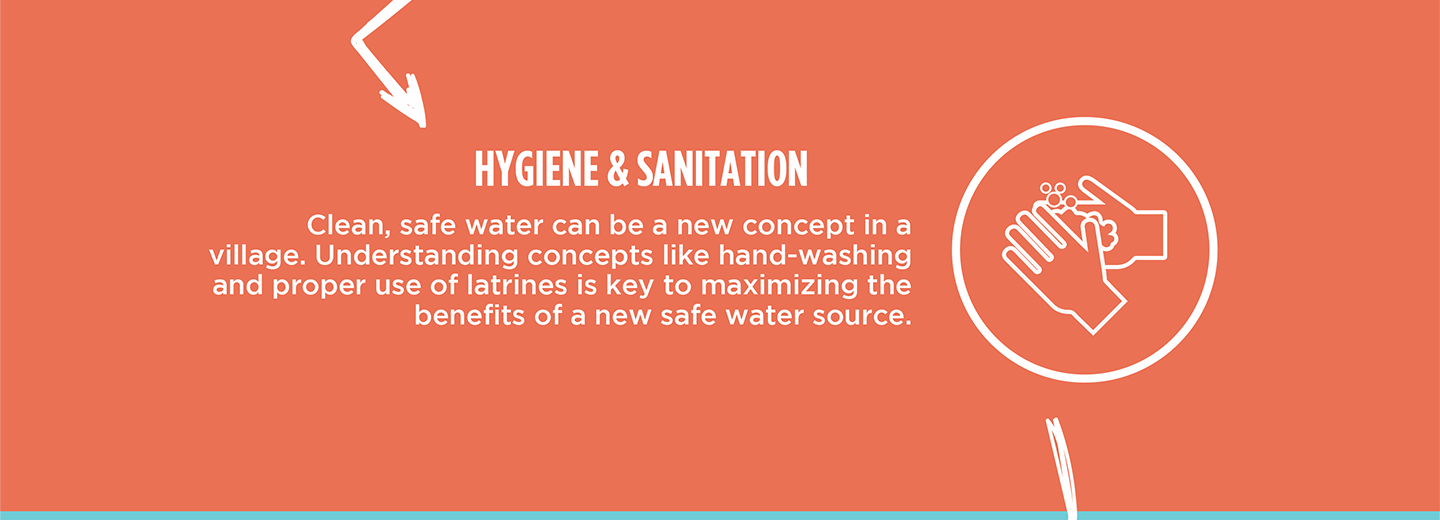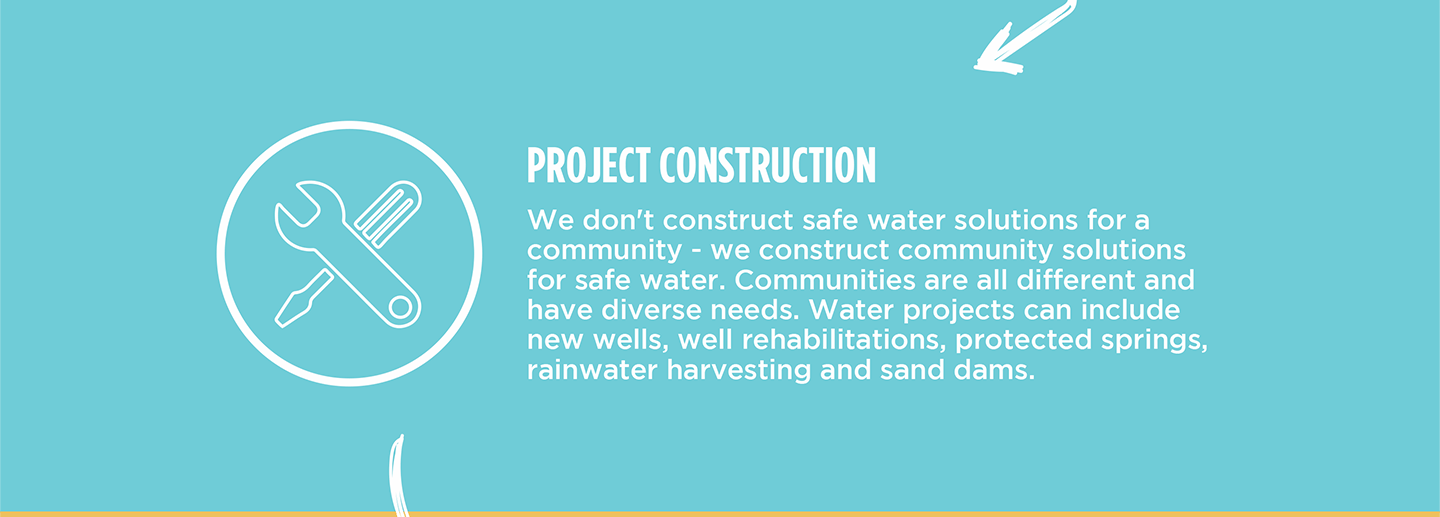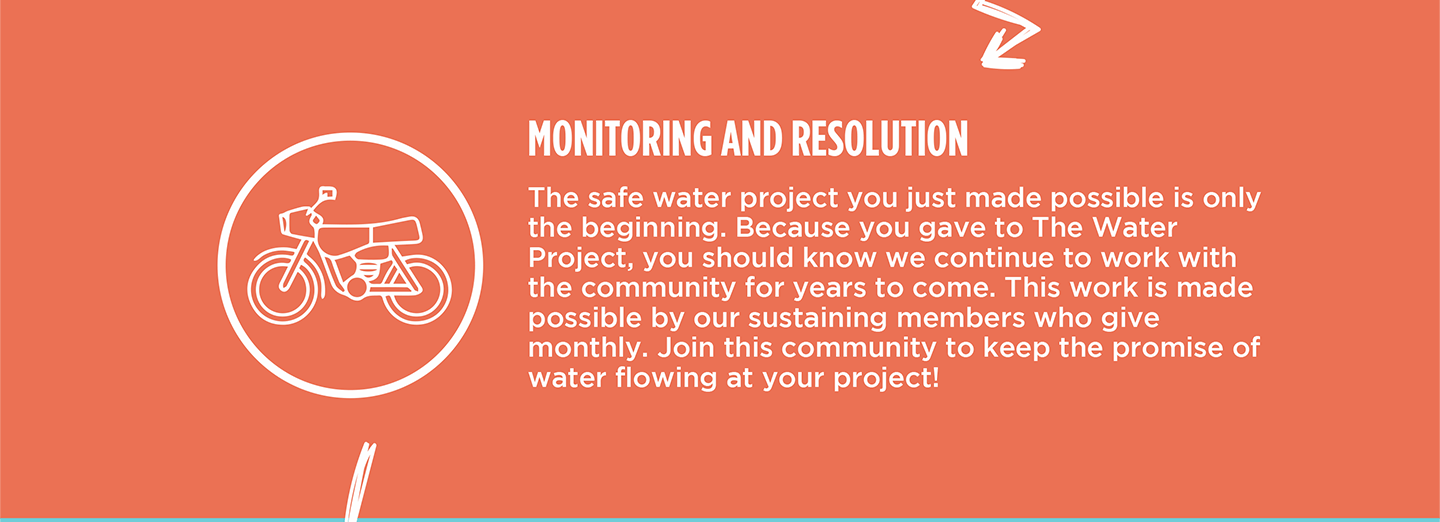Proposed Project

Springs are water sources that come from deep underground, where the water is filtered through natural layers until it is clean enough to drink. Once the water pushes through the surface of the Earth, however, outside elements like waste and runoff can contaminate the water quickly. We protect spring sources from contamination with a simple waterproof cement structure surrounding layers of clay, stone, and soil. This construction channels the spring’s water through a discharge pipe, making water collection easier, faster, and cleaner. Each spring protection also includes a chlorine dispenser at the waterpoint so community members can be assured that the water they are drinking is entirely safe. Learn more here!
Project Type: Protected Spring
Regional Program: Western Kenya WaSH Program
Impact: 0 Served
Project Phase:
Reserved
Functionality Status: Current Monitoring Data Delayed
Program Plans
Western Kenya WaSH Program

Project Type: Protected Spring
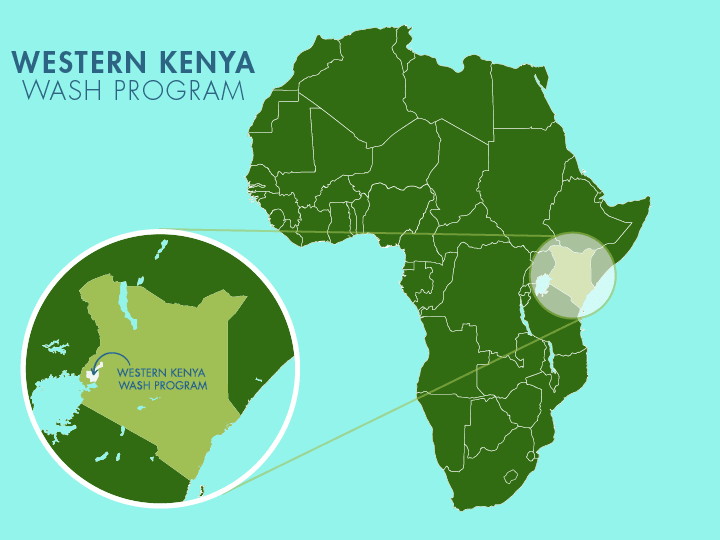
The Water Project’s WaSH program in Western Kenya aims to access, protect, filter, and purify the abundant waters that are available through two seasonal rains, prevalent springs, high water tables, and deep aquifers in the region. Explore water projects in communities, schools, and churches in Western Kenya such as protected springs, rainwater catchment systems, and water wells. This program emphasizes the power of strategic geographical saturation of projects, effective hygiene and sanitation training, and relational networking between NGOs, health workers, local politicians, and educators.
Project Type

Springs are water sources that come from deep underground, where the water is filtered through natural layers until it is clean enough to drink. Once the water pushes through the surface of the Earth, however, outside elements like waste and runoff can contaminate the water quickly. We protect spring sources from contamination with a simple waterproof cement structure surrounding layers of clay, stone, and soil. This construction channels the spring’s water through a discharge pipe, making water collection easier, faster, and cleaner. Each spring protection also includes a chlorine dispenser at the waterpoint so community members can be assured that the water they are drinking is entirely safe. Learn more here!
Contributors
12 Days of Immediate Impact
Give the gift of clean water this holiday season. Each day, a new community awaits!
❄ See Today's Project Protected Spring
Protected Spring Rehabilitation Project
Rehabilitation Project

